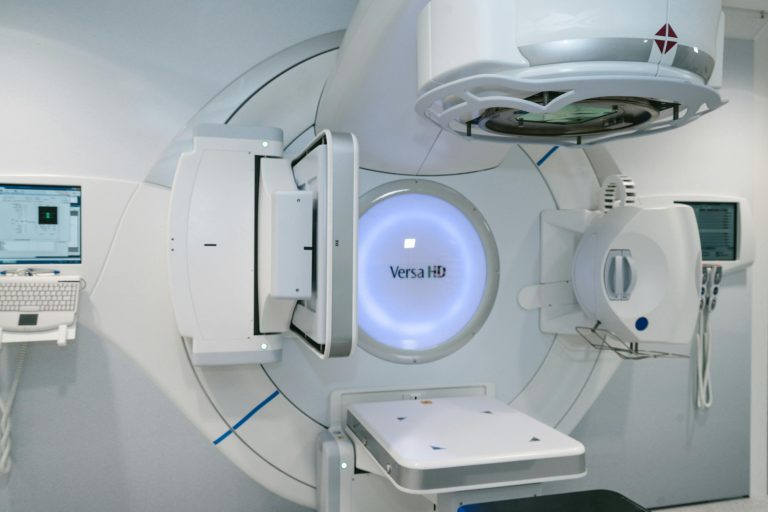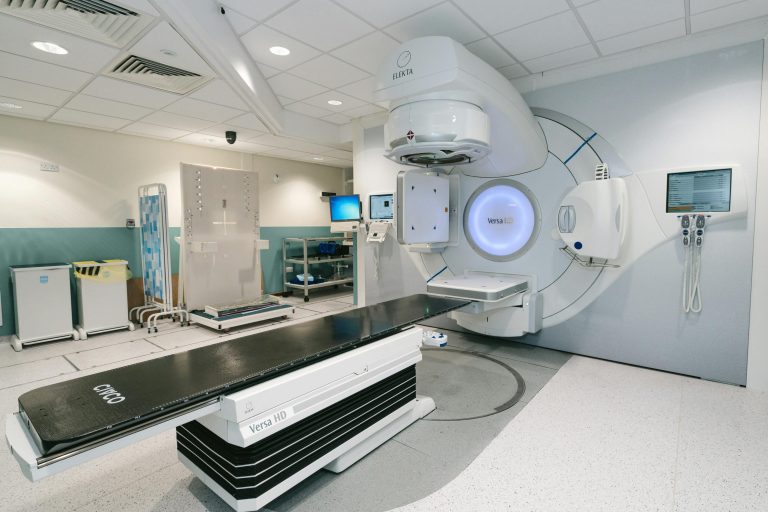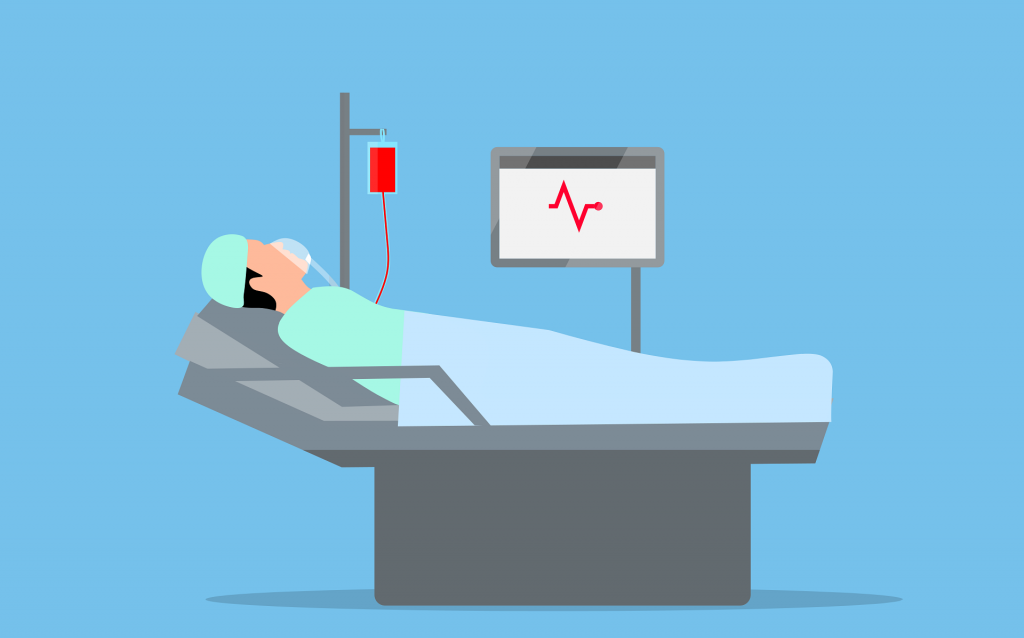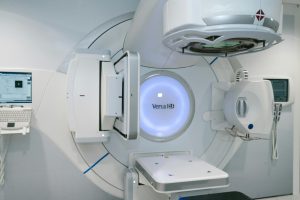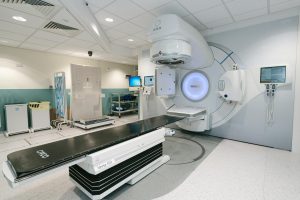Hospital isolation rooms are designed to control the spread of infectious diseases and protect patients with compromised immune systems. These rooms are critical in managing infection control within healthcare settings. There are several types of isolation rooms, each serving specific purposes and equipped with various features to handle different levels of infection control. Understanding the types of isolation rooms is crucial for ensuring the safety of both patients and healthcare workers.
1. Standard Isolation Rooms
Standard isolation rooms are designed for patients who need to be isolated to prevent the spread of infectious diseases that are transmitted via contact or droplet routes. These rooms are typically equipped with basic facilities to ensure patient comfort and care. Standard isolation rooms do not require specialised ventilation systems but must adhere to strict hygiene and infection control protocols, including using personal protective equipment (PPE) by healthcare workers and visitors.
2. Contact Isolation Rooms
Contact isolation rooms are specifically designed for patients with infections that can be transmitted through direct or indirect contact. Examples include infections caused by multidrug-resistant organisms (MDROs) such as MRSA (Methicillin-resistant Staphylococcus aureus). These rooms often have dedicated equipment and supplies to minimize the risk of cross-contamination. Healthcare workers and visitors must wear appropriate PPE, including gloves and gowns, before entering these rooms.
3. Droplet Isolation Rooms
Droplet isolation rooms are used for patients with diseases that spread through respiratory droplets, such as influenza and pertussis. These rooms require certain precautions to prevent the spread of infectious droplets. Healthcare workers and visitors are required to wear masks when entering the room. Droplet isolation rooms do not need specialized ventilation systems but should maintain good airflow to reduce the concentration of infectious droplets.
4. Airborne Infection Isolation Rooms (AIIRs)
AIIRs, also known as negative pressure rooms, are designed to prevent the spread of diseases transmitted through the air, such as tuberculosis, measles, and COVID-19. These rooms maintain negative air pressure relative to adjacent areas, ensuring that contaminated air does not escape the room. Air is filtered through high-efficiency particulate air (HEPA) filters before being exhausted outside or recirculated. Healthcare workers must wear specialized PPE, including N95 respirators or powered air-purifying respirators (PAPRs), when entering these rooms.
5. Protective Environment (PE) Rooms
Protective Environment rooms are designed for patients with severely compromised immune systems, such as those undergoing chemotherapy or bone marrow transplants. These rooms maintain positive air pressure to keep airborne pathogens from entering the room. Air is often filtered through HEPA filters, and strict protocols are followed to ensure a sterile environment. Healthcare workers and visitors must adhere to stringent hygiene practices and wear appropriate PPE to protect these vulnerable patients.
6. Combination Isolation Rooms
Combination isolation rooms are versatile spaces that can be adjusted to meet the requirements of different types of isolation. Depending on the patient’s needs, these rooms can switch between negative and positive pressure. For instance, they can be used as AIIRs for infectious patients or as PE rooms for immunocompromised patients. Combination rooms are equipped with advanced ventilation systems and controls to maintain the appropriate environment.
7. Cohort Isolation Rooms
Cohort isolation rooms house multiple patients infected with the same pathogen. These rooms are beneficial during outbreaks when the number of infected patients exceeds the availability of individual isolation rooms. While cohort isolation can help manage resources, it requires careful planning and strict adherence to infection control protocols to prevent patient cross-infection.
Isolation rooms are a fundamental component of hospital infection control strategies. They are designed to contain infectious agents and protect both patients and healthcare workers. Different types of isolation rooms address various transmission routes and patient needs, from standard and contact isolation to specialised AIIRs and PE rooms. Proper use and management of these rooms are essential for preventing the spread of infections and ensuring the safety of everyone in the healthcare environment.


